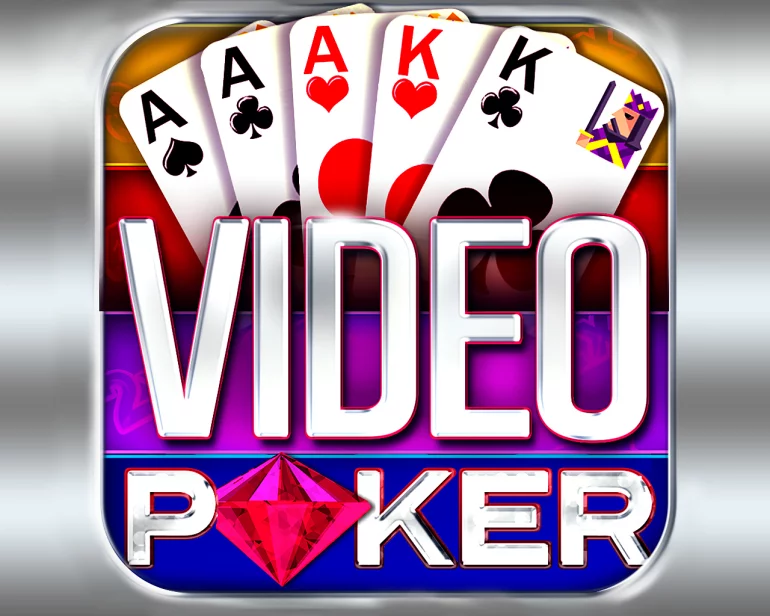 This article from Casinoz will consider different situations in video poker. Of course, when playing video poker, you can follow the basic strategy without thinking about why you should do it, but not all players are satisfied with this approach. This article is for them, along with similar publications.
This article from Casinoz will consider different situations in video poker. Of course, when playing video poker, you can follow the basic strategy without thinking about why you should do it, but not all players are satisfied with this approach. This article is for them, along with similar publications.
Most hands in video poker do not make players think much because it is pretty apparent what cards to hold or exchange.
But sometimes you meet complicated situations. Beginners often experience difficulties when they must choose between two poker combinations.
Intriguing Game Situation in Video Poker
Imagine that you play Jacks or Better video poker.
You have a hand of unsuited 3, 4, 5, 6, and another 4.
- Thus, you have four cards for a straight
- Also, you have a low pair that is not on the payout table.
You can exchange one 4 and try to get a straight. But you can also keep two 4s and hope for another 4 or another pair. In this case, there is a chance to get a full house or even a four of a kind.
To make a decision, you should analyze each hand. It is easy to calculate because there is special software to help you. In the game mentioned above, the situation is the following:
- 82 cents for a $1 bet if you hold the pair of 4s
- 68 cents for a $1 bet if you hold four cards for a straight.
Easy to guess that a pair is more profitable than four cards to a straight.
Consider another example: unsuited 8, 9, 10, J, and another J.
If you carefully read the beginning of this article, the question should arise. If it's profitable to keep even a pair of fours, then a pair of jacks is certainly better than a possible straight.
However, note that the mathematical expectation of cards from eight to Jack is slightly higher than in the previous case. It is 72 cents for a bet of one dollar. It is because the card set has a jack, so that you can get a payout for a pair of jacks.
If high-value cards increase expectations, what should you do with unsuited 10, 10, J, Q, and K? Should you hold 10s or hope to get a straight or a higher combination? Indeed, you also get a pair. The expectation is 82 cents for the pair and 87 cents for the possible straight. That is, the straight is profitable.
Conclusion
As you can see, it is preferable to hold a small pair, but if the cards for a straight may also form a pair from the paytable, then it is better to keep them. If four cards form a straight, only two can create a pair (e.g., unsuited 9, 10, 10, J, Q); the expectation is almost the same.
What to do if there are four cards to a straight with a "hole" and a small pair? For example, unsuited 8, 9, 9, 10, Q, and K. There is one rule: try to get such straights only if three cards can make a big pair. Otherwise, keep a small pair.
If talking about a straight flush, you should hold any four cards, even if they are not consecutive. The payouts for them are very high, so the risk is justified. If you have any four cards for a straight flush, refuse even large pairs, not to mention a pair of small cards.


































